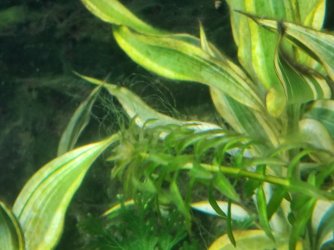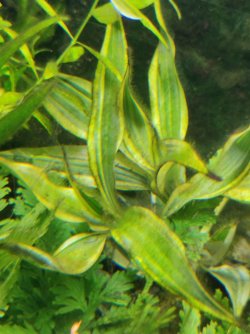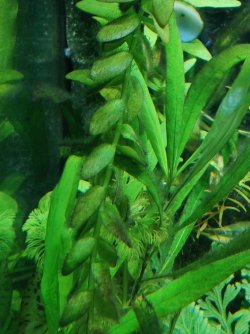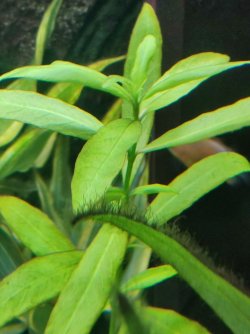Have had my LIDO 120 running for about 9 months but in the past month or so it has developed an Algae problem that is getting worse. In addition to that, my plants are deteriorating and appear to be dying off.
I have attached some photos showing the different types of Algae plus what some of the plants are looking like.
I use a liquid fertiliser and liquid carbon once a week and the lights (the ones that came with the tank) are on 6 hours a day. I change about 30% of the water once a week.
Can anyone advise what is causing the Algae growth - could it be too much nutrients / not enough nutrients / too much or too little light etc?
I'm getting down and frustrated with it as I clear the Algae as much as possible each morning but it's grown back again the following day.
Any advice greatly appreciated
Thanks in advance
I have attached some photos showing the different types of Algae plus what some of the plants are looking like.
I use a liquid fertiliser and liquid carbon once a week and the lights (the ones that came with the tank) are on 6 hours a day. I change about 30% of the water once a week.
Can anyone advise what is causing the Algae growth - could it be too much nutrients / not enough nutrients / too much or too little light etc?
I'm getting down and frustrated with it as I clear the Algae as much as possible each morning but it's grown back again the following day.
Any advice greatly appreciated
Thanks in advance





